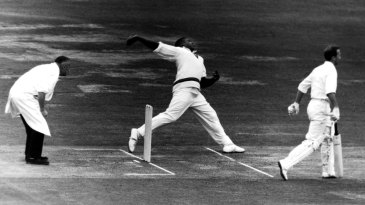Ronaldinho. See? You’re smiling already. Just thinking about the things he did and the way he did them, the way he was, gets you giggling. Look him up on YouTube and maybe you’ll fall for him all over again, a bit like all those defenders. Watch for long enough – it won’t take long – and you might even feel like standing to applaud, just like the Santiago Bernabéu did, an ovation for a Barcelona player, as if for all the rivalry they hadn’t so much been beaten by his genius as shared in it. Sergio Ramos was on the floor, they were on their feet. Cameras zoomed on a man in the north stand with a moustache and a cigarette hanging limp from his lip. Bloody hell, did you see what he just did?
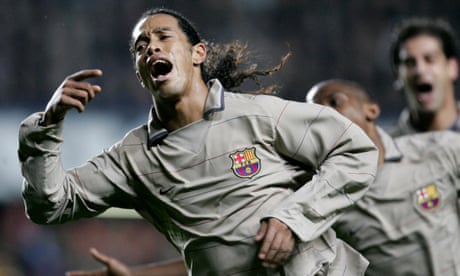
Golden Goal: Ronaldinho for Barcelona v Chelsea (2005)
It’s a question that was asked a lot. What Ronaldinho did, no one else did. And it wasn’t just what he did; it was the way he made people feel. Nostalgia, memories, are about that: not so much events but emotions. Watching Ronaldinho was fun, it made people happy. Those may be two of the most simple, childish words of all but they are the right ones. Football stripped right down to its essence: happy, fun.
Funny, too.
There may never have been a player who made the game as enjoyable as Ronaldinho, in part because he played and it was a game. “I love the ball,” he said. One coach, he recalled, told him to change, insisting that he would never make it as a footballer, but he was wrong. It was because he played, because he enjoyed it, that he succeeded: the grin on his face was not just there after he won the league, the Champions League, the World Cup and the Balon d’Or, it was there while he won them. It became contagious. “He changed our history,” Barcelona midfielder Xavi Hernández said.
One Real Madrid director claimed that Madrid hadn’t signed him because he was “too ugly” and would “sink” them as a brand. “Thanks to Beckham, everyone wants to shag us,” he said. He, too, was wrong: everyone wanted to embrace Ronaldinho, enjoy him. The long, Soul Glo hair, the goofy grin, that surfer’s “wave”, thumb and little finger waggling – a gesture so his, so symbolic of Barcelona’s revival that is was fashioned from foam and sold in the club shop.
An entire publicity campaign was built around him, the embodiment of “jogo bonito”. He might not have been beautiful but his game was and no one was more attractive, a marketing dream Madrid missed. Almost a comedy cartoon character himself, he inspired the “BarcaToons” and on Spain’s version of Spitting image his puppet giggled and laughed and repeated one word over and over: fiesta!. “I am like that,” he admitted.
On the pitch, too, an extension of that expressiveness. “When you have the ball at your feet, you are free,” Ronaldinho wrote in an open letter to his younger self, repeating a mantra: creativity over calculation. “It is almost like you’re hearing music. That feeling will make you spread joy to others. You’re smiling because football is fun. Why would you be serious? Your goal is to spread joy.” He said that was the way his father, a shipbuilder and football fan who worked weekends at Gremio’s ground, had told him to play. His older brother Roberto was at Gremio too. And then, growing up, there was Bombom, his dog. He also played.
Ronaldinho’s brother was his idol but he ended up better than him. He was better than anyone at the time: you genuinely wondered if he might end up better than anyone else ever. It didn’t last long enough for that but it lasted because he did things you’d never witnessed before, skills most never imagined let alone replicated, and that emotion remained. “His feet are so fast he can touch the ball four times in half a second. If I tried to do what he can do, I’d end up injuring myself,” Philippe Cocu said.
He might not have been beautiful but his game was and no one was more attractive, a marketing dream Madrid missed.
For three years no one could match the wow, the wonder, the silliness, the jaw-dropping, laugh-out-loud daftness of it all. The back-heels, step-overs and rubber ankles, the power too, the change of pace, the passes without looking. The passes with his back, for goodness sake. The free-kicks over the wall, round the wall and under it. Nutmegs, lobs, bicycle kicks, everything.
An advert featuring Ronaldinho showed him ambling to the corner of the penalty area, pulling on new boots, flicking a ball into the air and keeping it there. Strolling around the area, he volleys the ball towards goal. It hits the bar and comes straight back to him, he controls it on his chest, swivels and volleys it goalwards. Again, it hits the bar and comes back. He controls it again and, still without letting it drop, hammers it goalwards a third time. For a third time, it thuds off the bar and sails straight back. Without letting the ball drop, he strolls back to where he started, sets it down and smiles. On the boots is stitched the word “happiness.”
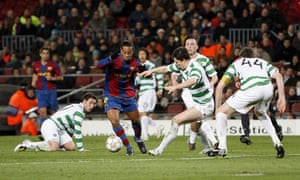
Ronaldinho surrounded by four Celtic players during a Champions League match in March 2008. Photograph: Dave Thompson/PA
It is quite astonishing; it is also a fake, a montage. Or was it? There was a debate. You didn’t know – and that was the point, the measure of him. The fact that anyone could even begin to believe that such a nonchalant demonstration of mastery might be genuine was eloquent – and only with Ronaldinho would they. That didn’t happen, no, but the Bernabéu ovation did. So did the shot thundering in of the bar against Sevilla – at 1.20am. The goal against Milan. That toe-poke against Chelsea. “It’s like someone pressed pause and for three seconds all the players stopped and I’m the only one that moves,” he said.
The Brazilian legend Tostao claimed: “Ronaldinho has the dribbling skills of Rivelinho, the vision of Gerson, the spirit and happiness of Garrincha, the pace, skill and power of Jarzinho and Ronaldo, the technical ability of Zico and the creativity of Romario.” Above all he had one, very special ability: he made you smile.
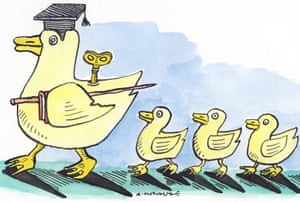


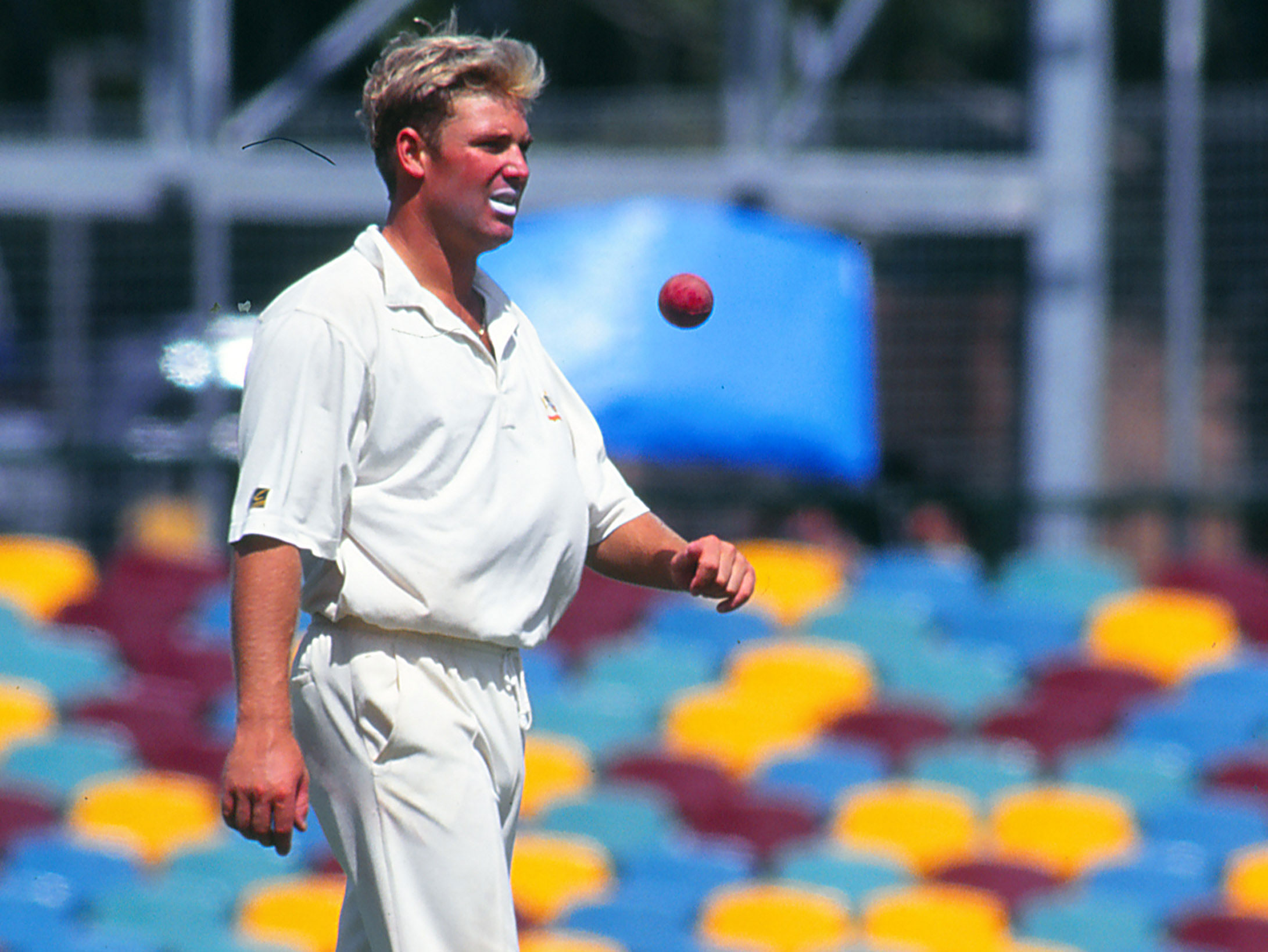 Shane Warne could clear his mind of an unsuccessful previous ball to attack afresh with the next © Getty Images
Shane Warne could clear his mind of an unsuccessful previous ball to attack afresh with the next © Getty Images